As we face economic challenges resulting from the pandemic, innovative and tested measures can be very effective in providing relief to those without vital resources
In times of an unprecedented socio-economic crisis, like the one that has engulfed India and the world today, it becomes extremely valuable to draw meaningful insights from programmes around the globe that have demonstrated positive impacts in providing safety nets for the poor and vulnerable. As large portions of the country’s population, especially those engaged in the informal sector, lose wages due to the Coronavirus outbreak, the necessity of providing social safety nets becomes even more evident.
One of the biggest programmes in the world for Conditional Cash Transfers (CCT), Bolsa Famila of Brazil, has been widely recognised as an innovative instrument of social policy for redressing poverty and inequality. It was initiated in 2003 after merging four existing federal programmes, since the previous ones had had a limited impact due to fragmented efforts. Data systems were not interlinked and one family could benefit from multiple interventions while another, in more abject conditions, might receive nothing. A unified cash transfer programme was hence necessitated. A new Ministry for Social Development and Combating Hunger was created for administering it.
I had the opportunity of gaining valuable insights into the programme in my capacity as Mission Director of the Mission Convergence programme of the Government of Delhi, which was exploring good practices for improving the efficacy of various social welfare-oriented schemes meant for the poor and vulnerable.
The initial learnings were based on my visit to Brasila in 2008 in response to the invitation for a seminar-cum-awards programme organised by the Government of Brazil for knowledge exchange and recognising innovative practices at local levels. The second visit was facilitated by the World Bank as a study tour in which a number of senior officers from the Delhi Government, representing the departments of Social Welfare, Food and Supplies, Labour, Information Technology and Revenue, were also nominated through the Mission Convergence initiative.
Significance: Bolsa Familia gained wide acceptance from the federal Government, States and municipalities in Brazil as a coordinated strategy for social protection. It resulted in integration of multiple CCTs at the federal and sub-national level. Beneficiary families were also linked with complementary services, resulting in comprehensive interventions for social assistance and support services for labour.
The targetting accuracy of the programmes is demonstrated by the coverage and its rapid expansion. It started from 3.8 million families in 2003 as drawn from pre-reform programmes and reached 11.1 million families (46 million people) in 2006, i.e. a quarter of the population of Brazil and 13 million by 2010. Near universal coverage of the poor was attained. Direct cash transfer brought efficiency gains with extremely low transaction costs. Only 0.4 per cent of the Gross Domestic Product (GDP) was the programme cost, with 97.4 per cent being actual transfers to beneficiaries.
Programme design: At the core of Bolsa Familia is direct cash transfer to a family so that a minimum level of sustainability is guaranteed to poor households. A fixed amount was provided as unconditional transfer. A variable amount based on income levels and the number of children was transferred as CCT with a maximum cap and subject to compliances like school enrollment and attendance, immunisation, growth monitoring visits, pre and anti-natal visits of pregnant and lactating mothers and participation of families in counselling programmes. Vulnerable groups were also linked with services like capacity-enhancement for livelihood, microfinance and job placement.
The key programme instrument was a single registry, ‘Cadastro Unico’, a nationwide central database of poor families. The income level for entry to the Registry was higher than Bolsa famila eligibility. The poverty line recognised for the programme was half the minimum wages. Families identified in extreme poverty level were eligible for a higher transfer amount. Cash was credited monthly preferentially to the female head of the household through an electronic benefit card managed by Caixa, the Federal Bank of Brazil.
Municipalities play a key role in programme design as they identify families that are to be enrolled in the Registry, select the priority group for intervention, monitor compliances and link them with complementary social services in addition to the Bolsa famila cash transfer, which by itself was a very basic level of income support. Formal agreements were signed by the federal Government with the municipal bodies. A decentralised management index was instituted to measure the quality of implementation in various municipalities.
Impact: The programme resulted in rapid reduction of poverty and inequality. Between 2004 and 2014, more than 28.6 million Brazilians escaped poverty with 58 per cent of decline in extreme poverty resulting from this programme. A decline in inequality during this decade witnessed the Gini Index of household incomes falling from 0.57 to 0.52. Targetting accuracy is evidenced from 73 per cent of benefits going to the poorest 20 per cent and 94 per cent to the poorest 40 per cent of the population. A United Nations Development Programme (UNDP) study reports over 80 per cent of benefits going to poor families.
The programme also resulted in higher food consumption and dietary diversification. Beneficiary families engaged with public health systems in a more informed manner, leading to better utilisation of preventive healthcare services, especially for children, higher school attendance, lower dropout rates and reduction in child labour.
These conditions served as positive reinforcement for social behaviour which was also in the interest of the families in consideration. It contributed to improving psychosocial health, including a reduction in suicide rates. Conditionality built into the programme resulted in increased enrollment of children.
An improvement in women’s decision-making status and increased access to the financial system has been reported, too. A stronger Centre-local government collaboration was another interesting outcome, enabling a direct relationship between citizens and the federal Government. Fiscal incentives were useful in strengthening such a collaboration.
Shaping a future programme for India: Even though Bolsa Famila itself has seen highs and lows due to changes in macro-economic conditions and political commitments, insights from its operations can inform social policies that seek to address challenges like deprivation, hunger and loss of jobs. Besides Bolsa familia, CCT programmes in general have demonstrated positive results in improving the lives of people in poverty.
Such cash transfer programmes help the poor and augment national growth by pumping more money and purchasing power into the economy. Linking transfers to certain desirable social behaviours enables the development of a social contract between the Government and citizens. This is useful for improving development indicators in the long-term.
At the same time, it has been recognised that for such cash transfer programmes to make a substantive difference in the lives of people, a simultaneous investment in education, health and infrastructure is crucial. India already has the foundations of a robust service delivery mechanism in place due to policies like Aadhaar and opening of Jan Dhan accounts. The country is well-placed to create a seamless family income programme through convergence of existing schemes like construction worker welfare schemes, maternity benefits, scholarships, pensions, the Public Distribution System and other social welfare programmes.
As we face complex economic challenges resulting from a global pandemic, innovative and tested measures can be very effective in providing relief to those devoid of vital resources to tide over the crisis. It is imperative that migrants, daily wage labourers, construction workers, landless labourers in rural areas and other vulnerable groups are provided immediate relief. It might be the ideal time for the Government to consider instituting a nationwide system of social protection for the vulnerable population through implementation of a comprehensive CCT.
(Writer: Rashmi Singh; Courtesy: The Pioneer)







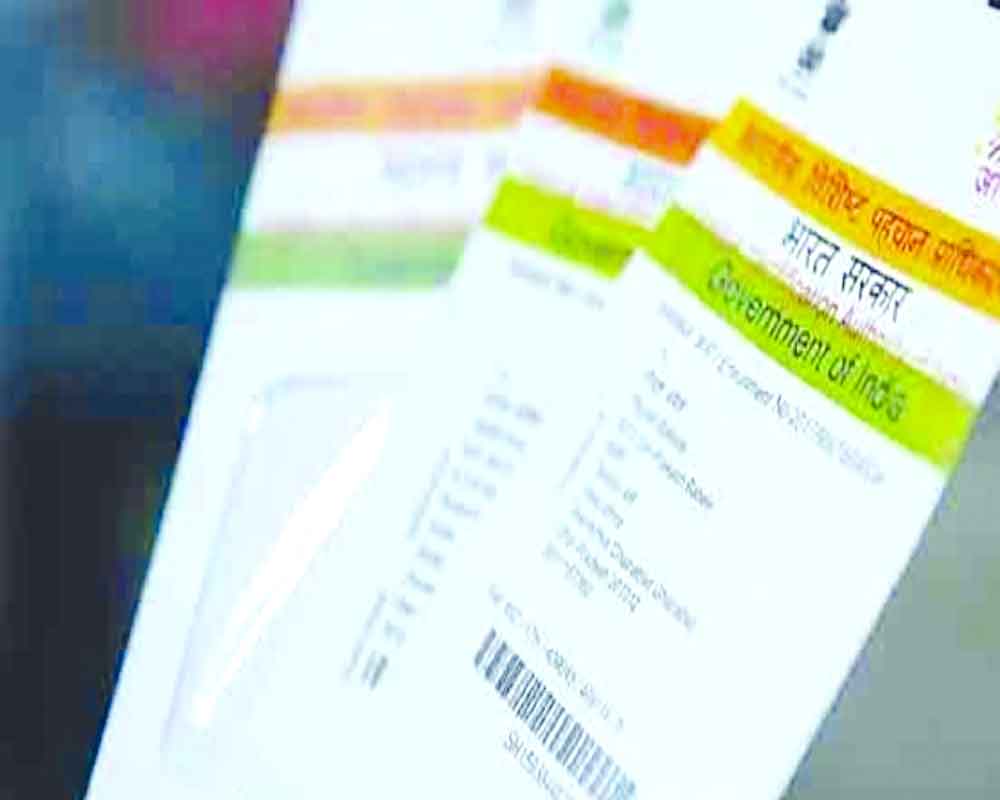
 OpinionExpress.In
OpinionExpress.In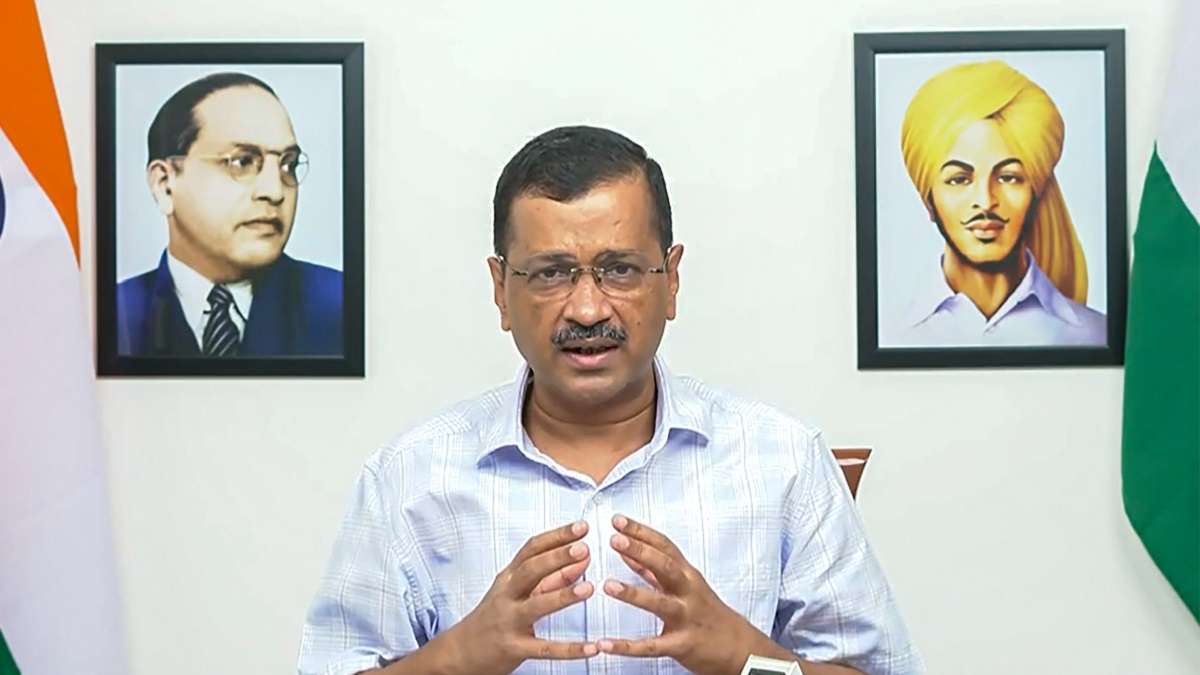
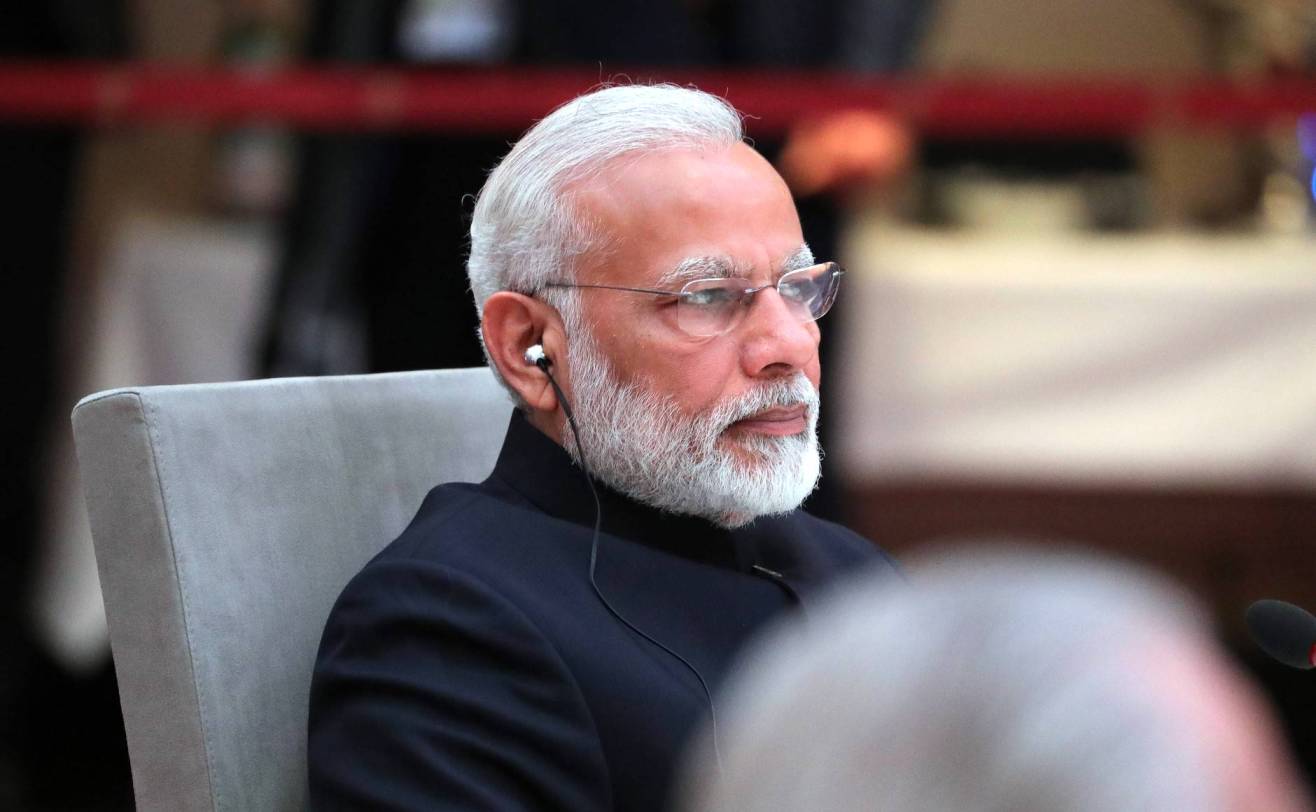
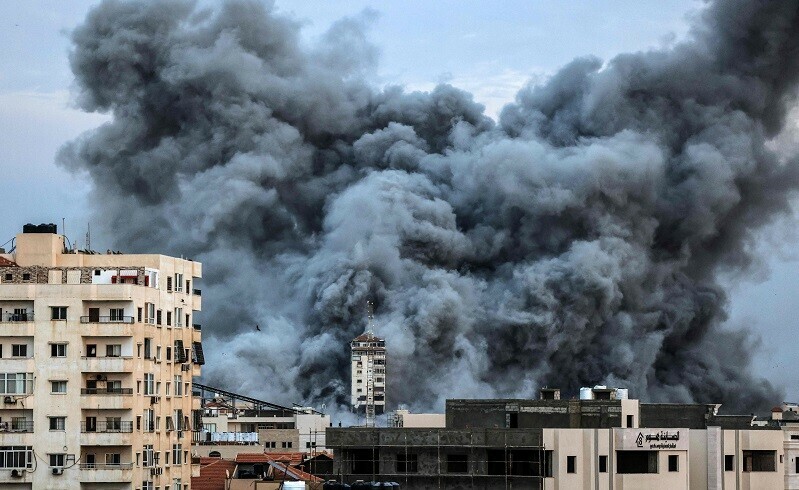

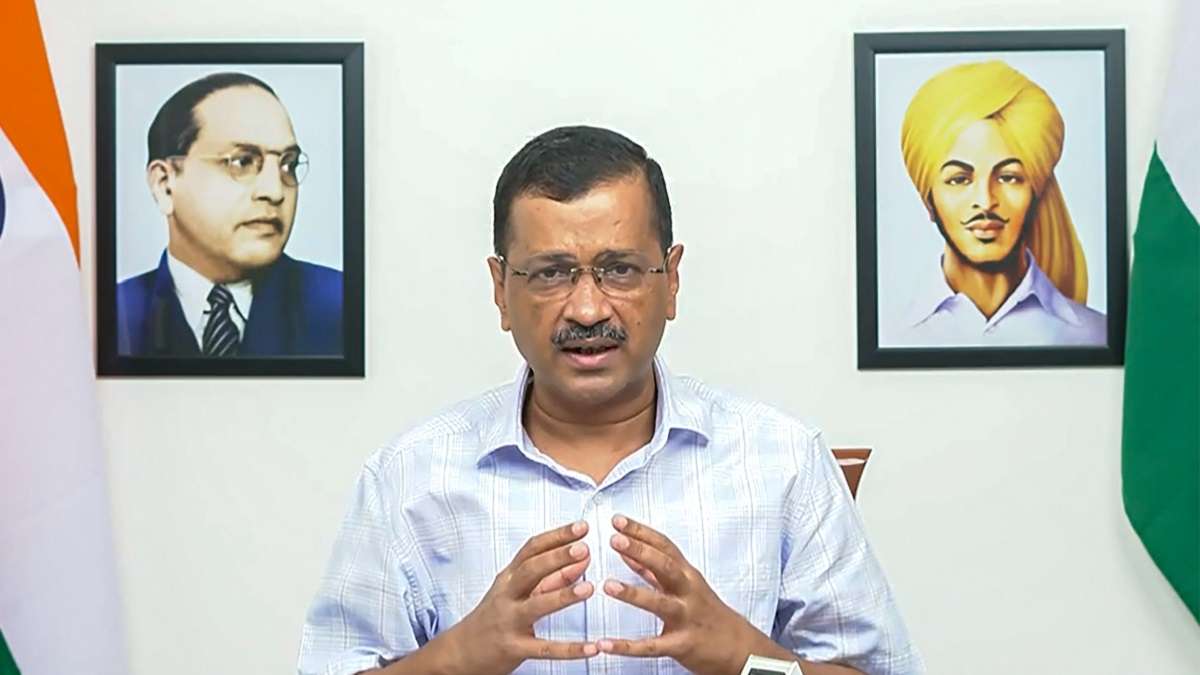


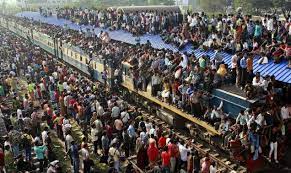
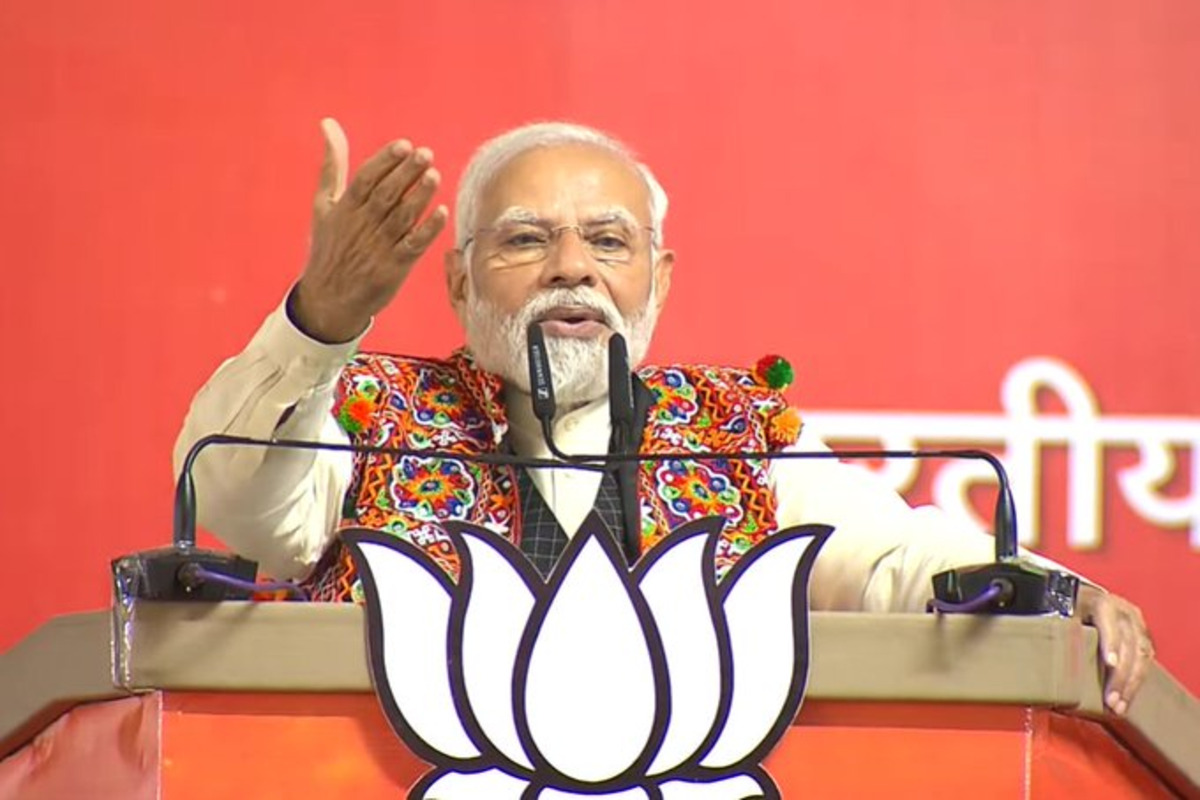
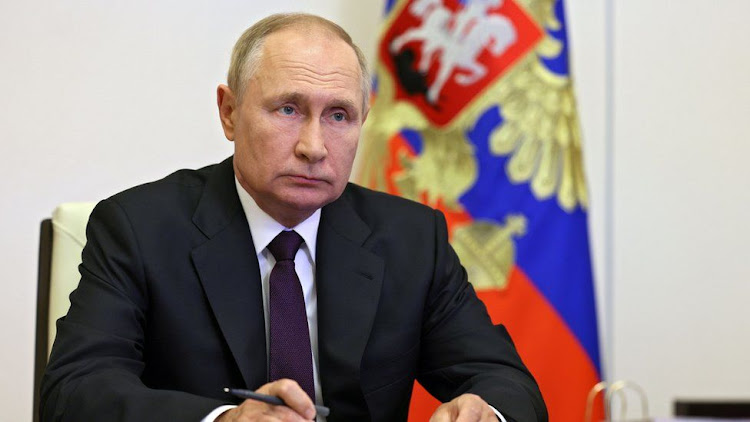






Comments (0)